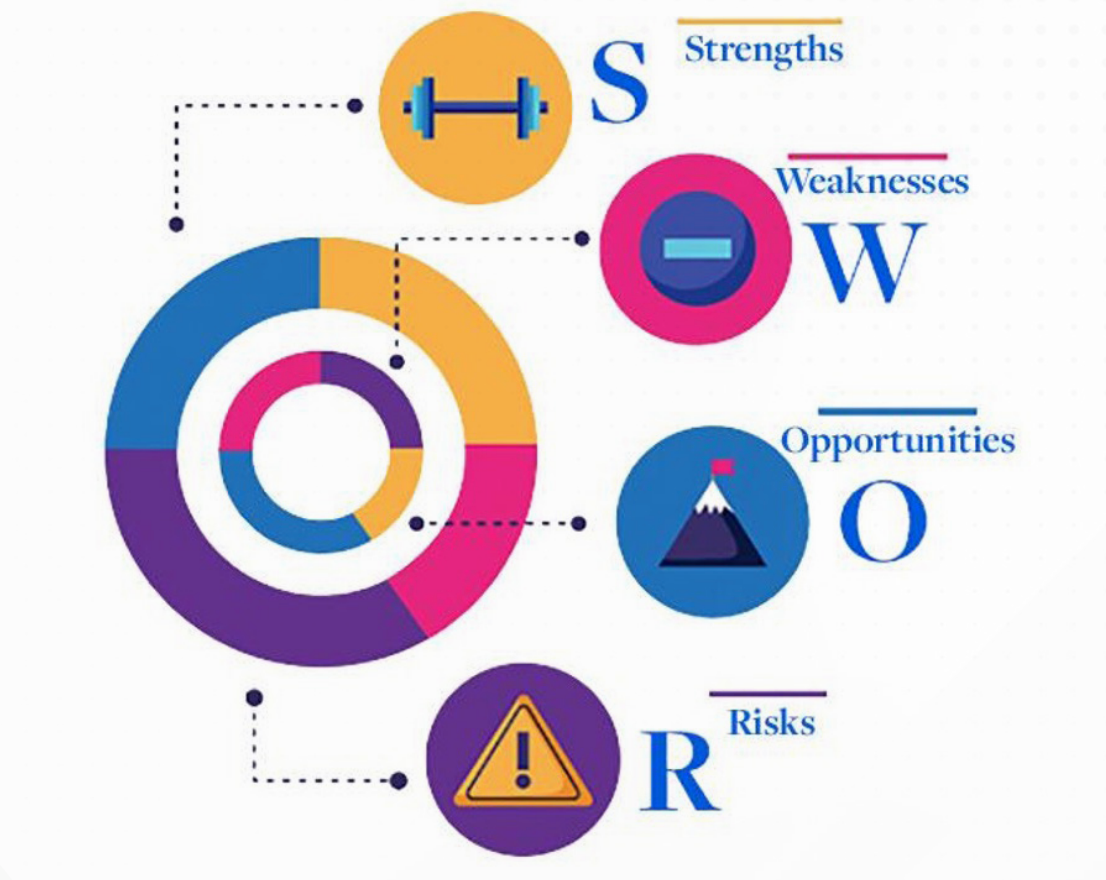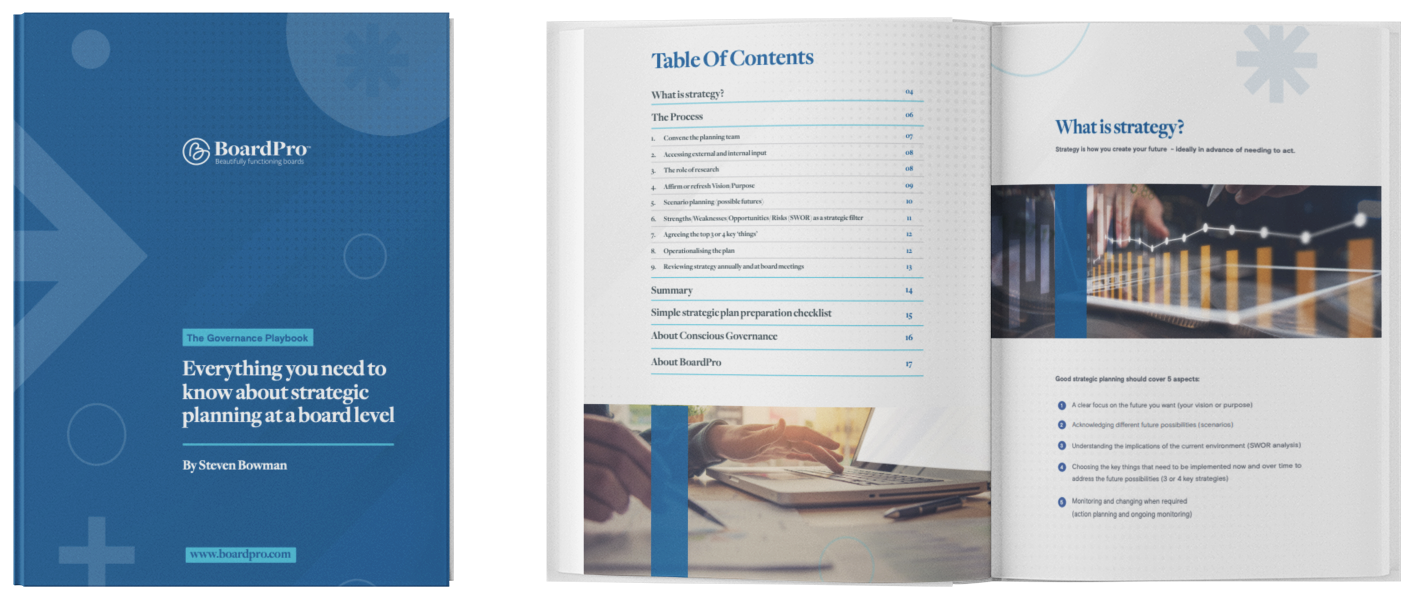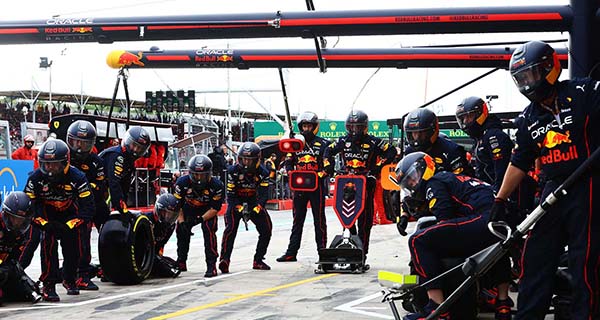What you need to know about strategic planning at a board level
What is strategy?
Strategy is how you create your future - ideally in advance of needing to act. In order for your board's strategy to be a reality, there needs to be a plan in place to make it happen.
Good strategic planning should cover 5 aspects:
- A clear focus on the future you want (your vision or purpose)
- Acknowledging different future possibilities (scenarios)
- Understanding the implications of the current environment (SOWR analysis)
- Choosing the key things that need to be implemented now and over time to address the future possibilities (3 or 4 key strategies)
- Monitoring and changing when required (action planning and ongoing monitoring)
So how do you actually pull together a cohesive strategic plan?
There are three key elements:
1. The role of Vision/Purpose as a long-term strategy filter (10-20 years)
Your Vision or Purpose statement should articulate the difference your organisation wishes to make for the stakeholders you serve. This is your long term plan - think 10, 20, maybe even 50 years in the future. How you get there will change over time, but nevertheless it is unwavering in its focus, and the Board is the custodian of this vision and purpose. This is your BHAG (Big Hairy Audacious Goal). It should be used as a key business filter for all projects and programs submitted to the Board, the staff should use it to align their operational programs and inform stakeholder engagement, the Board should use it to inform discussion, spark questions and guide monitoring.
2. The role of the strategic plan as a short-term, strategy filter (2-3 years)
We define a strategic plan simply as “the top 3 or 4 things the Board agrees need to occur in the next 2 to 3 years”. This simple definition allows us to focus and prioritise. Strategic plans typically have a 3 year time frame, but often get substantially completed within 2 or 2.5 years due to the sheer pace of change. Regular updates at the Board level, and the more formal annual strategic plan reviews, ensures the strategic plan is updated as required, with a full reset typically every 3 years.
3. The role of the operating plan to actualise the strategic plan (1 year)
The annual operating plan helps teams execute in a way that helps the company meet its strategic objectives, prepare the budget and allocate resources.
The Process
There are four keys to developing, monitoring, and implementing an elegant strategic plan. These are:
1. Be well informed - you can't wing this
The strategy process is continuously updated through a deliberate search for new, alternative and early information (also known as weak signals of change). Various foresight and scenario planning tools should be considered and employed continuously, not just every three years when the planning cycle is renewed.
2. Be well considered - be aware of other possibilities
The strategy has considered a range of potential options and outcomes likely to emanate from those outcomes, including risks, ethical implications and unexpected events. The people involved in the strategic planning process need to be varied to ensure that the identification of potential strategies is not hampered by in-built biases or group-think.
3. Be well constructed - clear and put together
The strategies are written so that clear directions are set, operational prerogatives defined, responsibility areas assigned, and flexibility is catered for. Timelines and success measures are robust and are directly related to the vision and the key strategies of the organisation.
4. Well implemented
The strategy is implemented to the best of the organisation’s ability, barriers to implementation are removed and the organisation actively seeks to learn from its results to further improve next time around. All facets of the organisation are involved in the implementation and monitoring of the strategic plan, including the Board, senior leadership, staff and key stakeholders.
There are almost as many ways of developing a strategic plan as there are strategic plans. The key components, however, should be similar in each case.
These key components include:
1. Convene the planning team
The planning team should be made up of those people who can add value to the strategic planning process. If only staff are involved, then the plan runs the risk of being too operationally focused.
If only the Board is involved, then it runs the risk of not understanding the broader technical or sector-specific issues that senior executives deeply understand. The most effective planning team is a mix of the senior executives, the Board, and often 2 or 3 external stakeholders.
These external stakeholders bring a breadth of knowledge, experience and a different viewpoint that will both challenge and potentially expand the considerations of the Board and senior executives. The planning team is usually between 10 to 16 people.
2. Accessing external and internal input
To assist the planning group, external and internal input can be very illuminating. An elegant way to do this is through a short survey sent to key staff, all the planning team, and a targeted group of external key stakeholders. The typical questions asked in this survey can include how suitable the current vision or purpose is, and what are the strengths, weaknesses, opportunities and risks that the survey respondent has identified for that organisation? The data from these surveys is then mapped against what the planning group comes up with on the day. The survey results can highlight key areas that the planning group may have missed.
3. The role of research
Those who are part of the planning team should have high level knowledge of all relevant research to inform discussion on the day. There is usually no requirement to conduct research in readiness for the planning day. The planning day should inform what research may need to be done as part of the strategies developed.
The process on planning day
4. Affirm or refresh Vision/Purpose
Vision or purpose is best described as the difference we want to make with the communities or stakeholders we serve. “We exist to create this difference…”
A vision (or purpose) statement is an expression of what your organisation would like to see as a possibility and a future for the community and stakeholders you serve. Once you’ve established your vision statement, all decisions, projects and services can be filtered through it to assess whether they are truly “vision-driven” and hence creating the future and the impact that your organisation desires.
To help inform your vision, the planning group can be asked these questions:
- What is the future we would wish for our community (not for this organisation)
- What lasting legacy would we desire for our community/stakeholders? Does our current vision capture this?
- Who is the community we are servicing? Will they change? Do we need a broad or narrow description of our community?
The vision can then be adapted if it needs refreshing or confirmed if it provides the strategic focus required. This whole process should take around an hour and is the start and the basis of the strategic conversations the planning team will have on planning day.
5. Scenario planning (possible futures)
Scenarios are ‘stories of possible futures’ and can take many forms. The best scenarios are those that pry attention away from the ordinary. The very process of thinking about a range of possible futures is a powerful way of addressing issues that might otherwise be neglected. The planning day can either run some very simple scenario planning processes that only take an hour or so, or table some previously constructed scenarios for consideration.
The planning group can then discuss the implications if those scenarios were to play out, and what would make sense for the organisation to put in place in the next few years. The power of scenario planning is to broaden the planning group’s thinking to include what might be, and then ensure the agreed strategies are robust enough to deal with any of those scenarios if they were to occur
6. Strengths/Weaknesses/Opportunities/Risks (SWOR) as a strategic filter
Most people are aware of the well-used SWOT analysis (Strengths, Weaknesses, Opportunities and Threats). We have found that a slight - but fundamental - variation on this creates added value for the strategic planning process. If we switch out the ‘threats’ component for ‘Risks’ (a SWOR analysis), then these identified risks can be directly added to the risk register of your risk management plan. People understand what to do with risks (i.e., turn them to strategic advantage by managing them exceptionally well) yet have no idea what to do about threats (other than be worried by them).

The purpose of this step is to identify those elements that are so influential that they will either affect the destiny of the organisation for many years, have played a major role in the success or failure of the organisation over the past few years, or are an element that the organisation does significantly better or worse than a comparative organisation. These need to be strategic elements, e,g (Enterprise-wide, sector, and societal impacts) not individual program specific.
7. Agreeing the top 3 or 4 key 'things'
Based on all the data obtained through the SWOR analysis, the vision statement and the scenario exercises, a list of relevant strategies can then be developed. This is the opportunity to show creativity, flair and innovation whilst remaining true to the vision.
Based on everything we have done so far (vision preparation, scenarios and SWOR analysis) what are the three or four things we just have to get right in the next two or three years that will get us closer to the vision/purpose?
At this stage, it is not helpful to get into definitions of what is strategy, what is tactic, what is objective etc. It is more efficient to just keep asking the questions:
"Based on everything we have done so far, what are the three or four key things that we just have to get right in the next two to three years?If we do a great job with these three or four key things, is that what we have to get right in the next two or three years to get closer to the vision?"
These agreed key ’things’ can now be grouped under logical headings, wordsmith and called strategies. The sub-points the group have identified that seem to fit under these key strategies will most probably end up as action plans to assist in achieving these key ‘things’. Once these key strategies have been agreed, then that is the end of the function of the main planning group.
The key criteria for selecting the relevant strategies must be that they give your organisation the best chance of achieving its vision, make full use of major strengths, neutralise weaknesses, exploit opportunities, manage and leverage risks, and address the main features highlighted in any scenario analysis. (Or at least have a basis for discounting any particular scenario) Each strategy chosen should be checked against this criteria.
8. Operationalising the plan
To ensure a strategic plan is effective, there needs to be specific action plans for each of the strategies. This is the step where practical details are added to the strategies adopted.
There are usually three-to-four action plans under each strategy, and they should be written within 24 hours of the actual planning session, to ensure nothing is forgotten from the planning session. The group that can best develop these action plans is usually the CEO, the Chair, the facilitator, and possibly one other senior staff member, who meet immediately after the main planning group has finished. This is not a function of the main planning group.
9. Reviewing strategy annually and at board meetings
Many strategic plans have failed to deliver because the board has not established a monitoring process. This could be as simple as having each major action plan as a standing item on the agenda of all board meetings.
It could be as complex as a specific review committee established to meet every three months with the mandate to review the progress and re-evaluate the strategic direction taken by the organisation. Some organisations have every second Board meeting dedicated to strategic issues, and every other Board meeting dedicated to agreed operational issues. There is no right way, just one that works for your organisation.
An annual review of the strategic plan is also a must, where the plan is reviewed by the board and senior executive for what has worked, what hasn’t worked, what was missed, and the plan amended accordingly.

If you're looking for a tool to streamline your Board processes, check out BoardPro - an all-in-one software solution designed specifically for Boards and busy CEOs!
Schedule a demo with our team today and begin to experience a whole new way of meeting.
Share this
You May Also Like
These Related Stories

A board's guide to company strategy

Strategic Management – The Role of Board Directors



